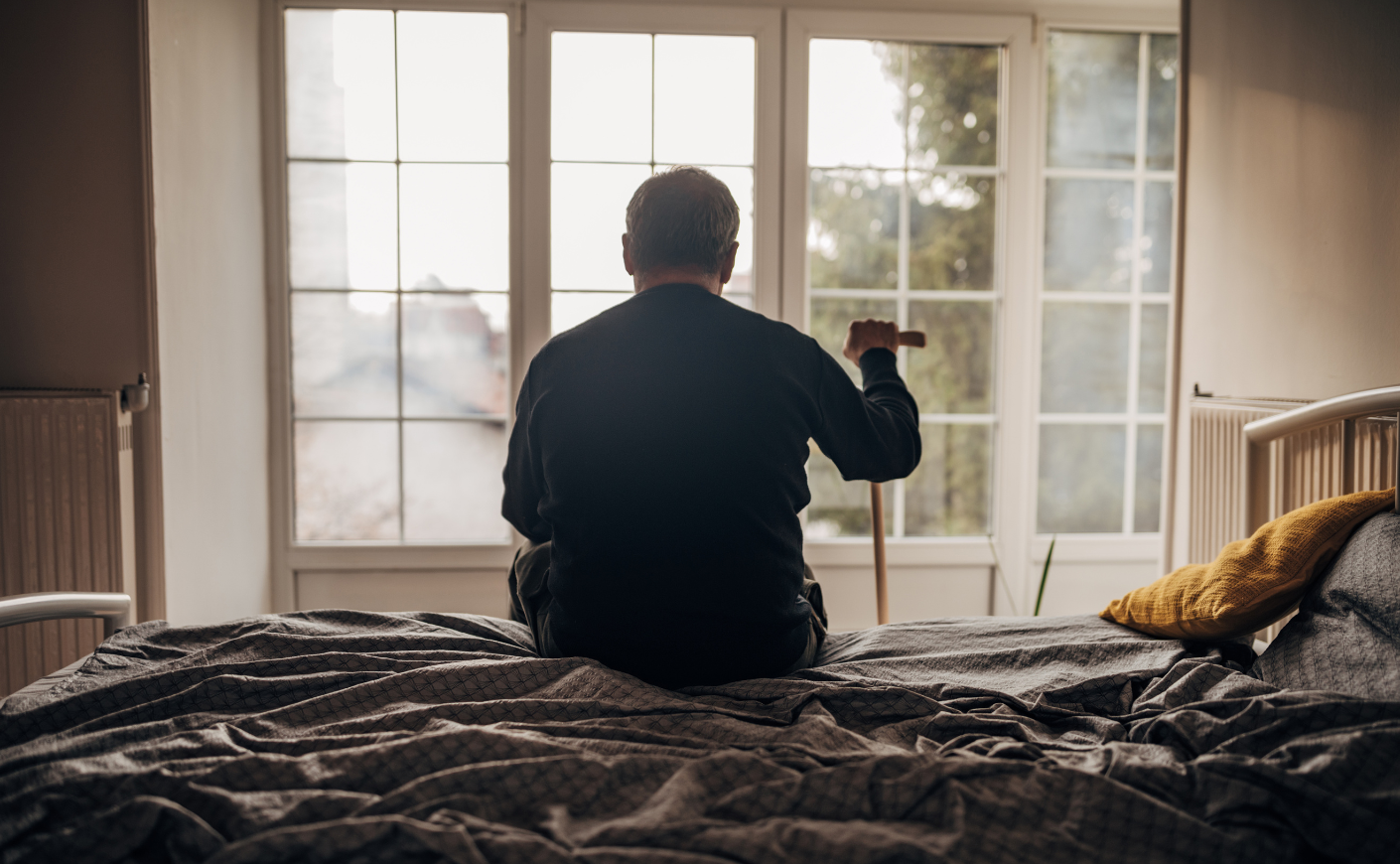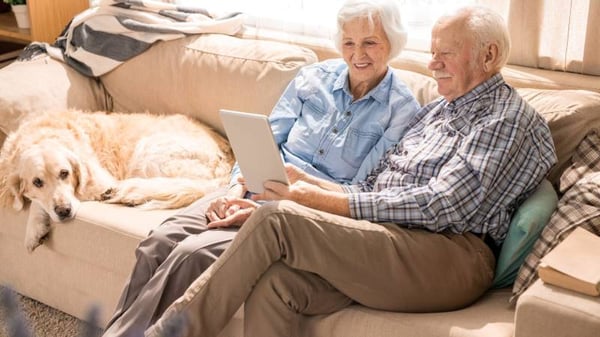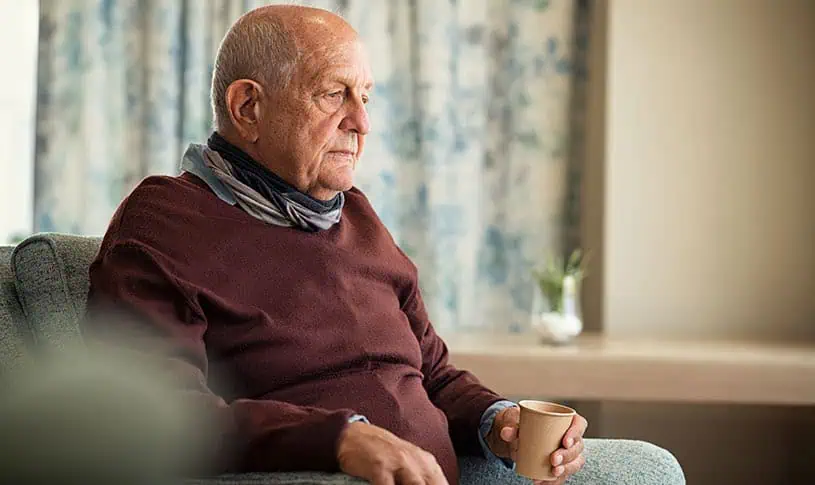As family caregivers, one of the most daunting challenges is ensuring the safety and wellbeing of loved ones, especially those at risk of falls or undergoing stroke recovery. In recent years, the importance of fall detection and effective stroke recovery strategies has gained significant attention. Understanding these aspects can make a substantial difference in the quality of life for those under your care.

Understanding Fall Detection
Fall detection technology has evolved, offering various solutions designed to alert caregivers and emergency services when a fall occurs. These devices can be especially beneficial for seniors or individuals with mobility challenges.
How Does Fall Detection Work?
Most fall detection devices use sensors to monitor movement and identify a sudden change in motion, which might indicate a fall. Some advanced systems can even differentiate between a fall and other types of movement, reducing false alarms.
Benefits of Using Fall Detection Devices
Having a fall detection system in place can provide peace of mind for both the individual and their family. It ensures that help is never far away, significantly reducing the risk of prolonged periods on the ground, which can lead to further complications.
Stroke Recovery: A Comprehensive Approach
Stroke recovery is a complex process that involves physical, emotional, and mental rehabilitation. Understanding the stages of recovery and what to expect can greatly assist caregivers in providing the best support possible.
Initial Steps in Stroke Recovery
Immediately after a stroke, medical professionals focus on stabilizing the patient. Once stable, the recovery process begins, involving various therapies such as physical, occupational, and speech therapy.
The Role of Physical Therapy
Physical therapy plays a crucial role in stroke recovery, helping patients regain mobility and strength. Exercises are tailored to the individual’s abilities and progress at a pace that encourages improvement without overwhelming the patient.
Emotional Support and Mental Wellbeing
Recovery is not just physical. Emotional support is equally important. Encouraging a positive mindset and providing support through counseling or support groups can aid in faster recovery.
Fall Prevention Strategies
Prevention is better than cure, and for individuals at risk, fall prevention strategies are crucial. This involves a combination of environmental modifications and lifestyle changes.
Home Modifications
Simple changes like removing tripping hazards, installing grab bars, and ensuring adequate lighting can significantly reduce fall risks at home.
Exercise and Balance Training
Engaging in balance training and regular exercise can improve strength and stability, making falls less likely.
Vision Care
Regular eye check-ups can ensure that poor vision does not contribute to falls. Learn more about vision and fall prevention for the elderly.
Technology and Innovations
Technological advancements have introduced numerous devices and applications that can assist in both fall detection and stroke recovery.
Wearable Devices
Wearable devices that track health metrics and detect falls are becoming increasingly popular among seniors. They offer real-time monitoring and instant alerts.
Smart Home Solutions
Integrating smart home solutions, such as automated lighting and voice-controlled assistants, can enhance safety and independence for those at risk of falls.
Challenges Faced by Caregivers
Caring for someone at risk of falls or recovering from a stroke can be emotionally and physically taxing. Recognizing these challenges and seeking support is vital for caregivers.
Managing Stress
It is essential for caregivers to manage their stress levels through relaxation techniques, hobbies, or support groups to maintain their own health and wellbeing.
Finding Support
Numerous organizations offer resources and support for caregivers, ensuring they do not feel alone in their journey.
Conclusion
Understanding the importance of fall detection and effective stroke recovery strategies is crucial for family caregivers. By utilizing available resources and technology, caregivers can significantly enhance the safety and recovery process for their loved ones.

FAQs
What are the best fall detection devices?
The best devices vary based on individual needs. Popular options include wearable alarms and smart home systems.
How long does stroke recovery take?
Recovery time varies for each individual, depending on the stroke’s severity and the rehabilitation efforts.
Can lifestyle changes prevent falls?
Yes, lifestyle changes such as regular exercise, a balanced diet, and home modifications can significantly reduce fall risks. Find more tips on fall prevention here.
This article contains affiliate links. We may earn a commission at no extra cost to you.






